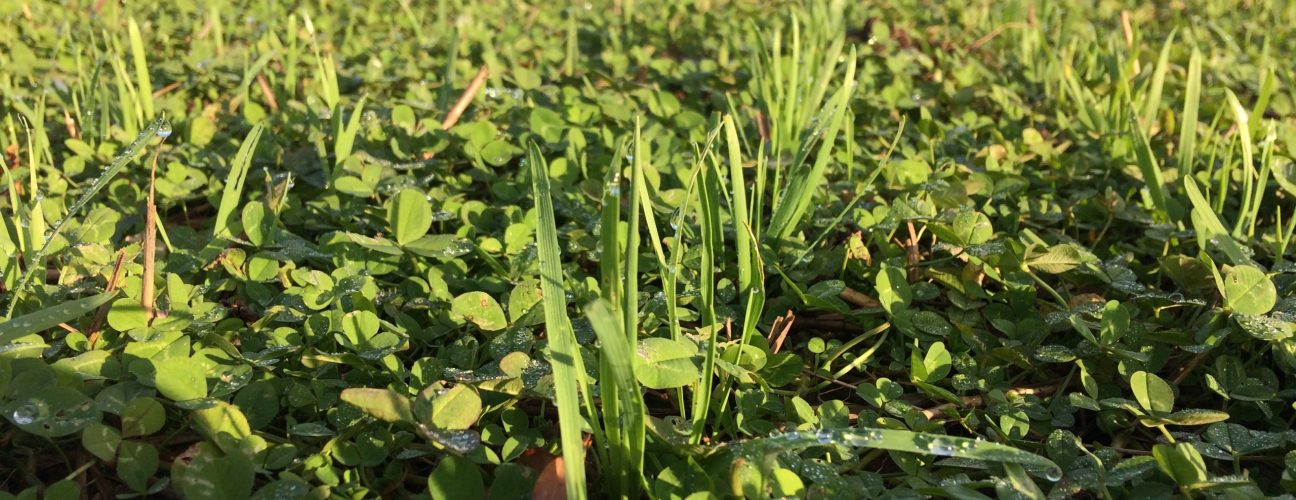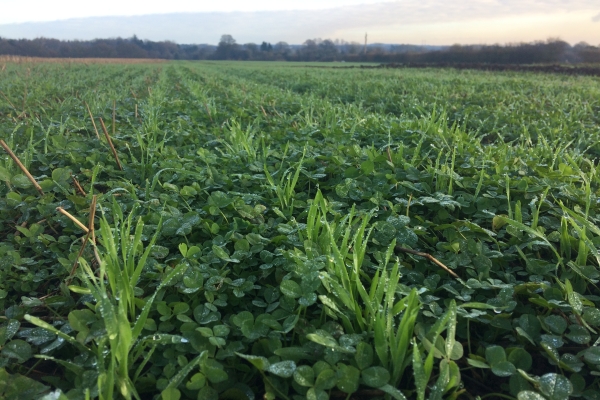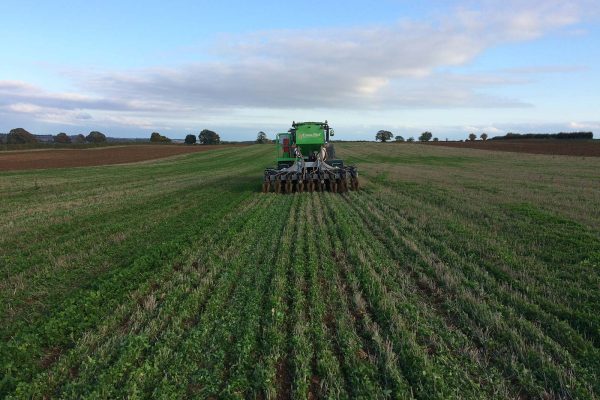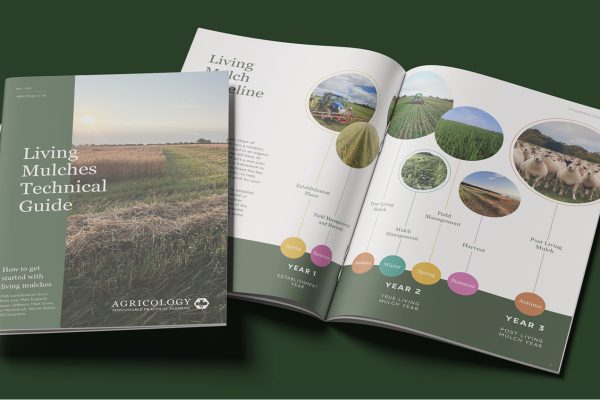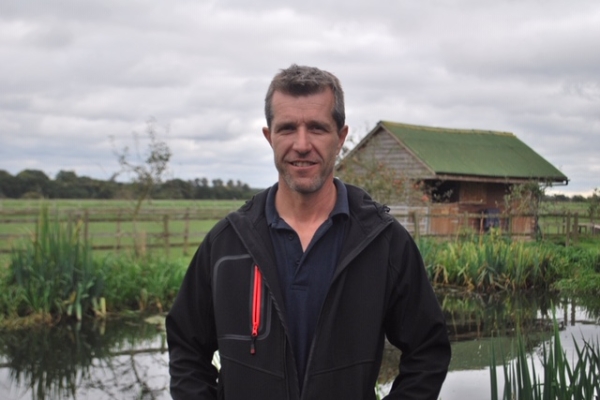Living mulches in the literature: an exploration of the current scientific research
On paper, the suggested benefits of a living mulch system seem too good to be true. Nitrogen fixation, improved soil health and weed suppression are the main draws for implementing living mulches. But as with all things in farming, it is no silver bullet…
The challenge remains in managing the living mulch effectively during the growing season so that it does not compete too readily with the cash crop and reduce its yield and quality.
If the system benefits are enough to persuade you into the living mulches journey, there are a plethora of resources to guide you, whether this is in an arable or horticultural setting; the Agricology Living Mulches Technical Guide and Hub, FarmPEP, and Innovative Farmers to name just a few. Don’t underestimate the value of peer-to-peer learning either… from the likes of Matt England, Mark Lea and Jake Freestone.
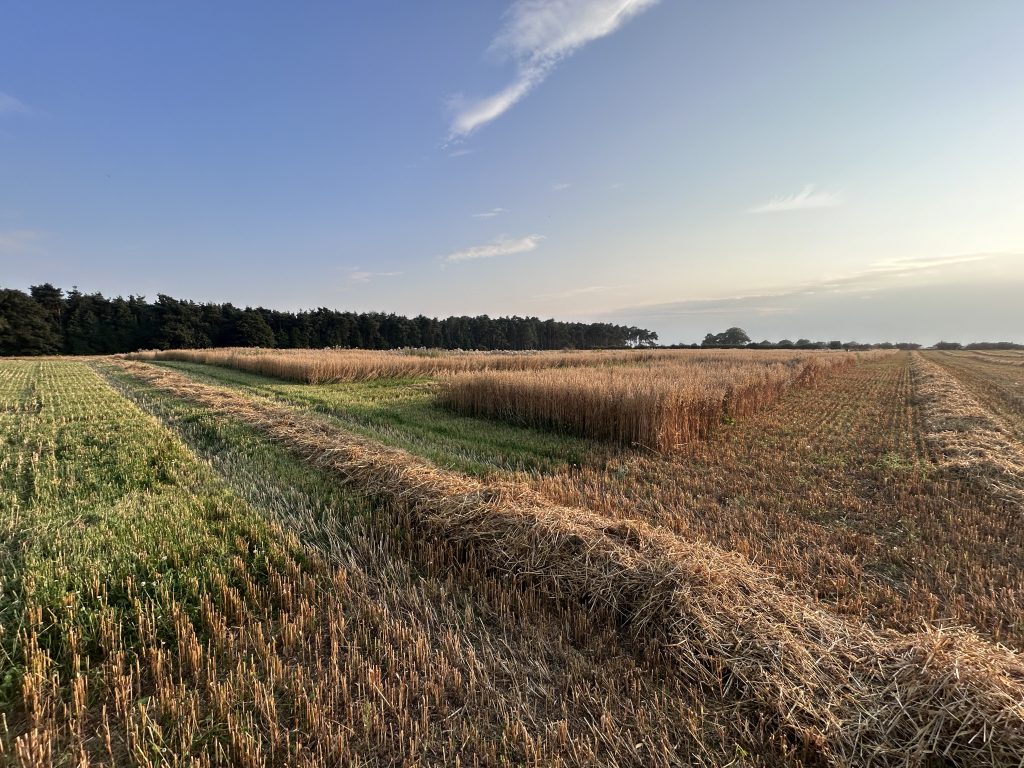
Searching the literature
To contribute to the Agricology living mulches technical pages, a search of the scientific literature was carried out. Using the search term ‘living mulch’ in the title and/or abstract, the databases Wiley Online, Web of Science, Google Scholar and Science Direct were searched. The filters of year (2010-2025) and country (similar agronomic systems to the UK) were applied. The aim of this was to find the newest and most agronomically relevant papers. Although papers from all farming systems were included, the focus of the Living Mulch Hub is on the use of mulches in arable systems, with other systems being referred to only where the content was relevant.
In searching the literature, several quirks became evident… Many papers that used the term ‘living mulch’ were often referring to a short to medium term companion or cover crop that was terminated after the cash crop was harvested or before a new crop was drilled. In the living mulch definition used in the technical guide, the focus is on a semi-permanent leguminous understory that is established in a first crop, maintained after harvest, and has a second cash crop is direct drilled into it. Many papers did not fit these criteria.
Farmers looking to implement living mulches in their farming systems are often looking for advice on living mulch species selection, establishment, or in-season management. The scientific literature tended to focus on the system services that living mulches could provide such as weed control and biodiversity or soil benefits. Whilst this is an important factor for living mulches, it does highlight a disconnect between academic research and practical farming requirements.
Whilst a few of the papers focused on trialling living mulches that did not negatively impact on cash-crop yield, the majority cited yield and quality penalties, highlighting the requirements for further research in this system.
The in-season management of living mulches has been consistently highlighted as one of the main challenges, along with the subsequent negative effect on the cash-crop yield. With the increase in novel technologies such as the use of robots in farming, there is the opportunity for living mulch management to become more accessible and for living mulches to become a more commonly used practice.
Seed breeding opportunities
Seed breeders and seed merchants have an opportunity to breed mixes specifically designed for living mulch systems. Some, such as Cotswold Seeds and Kings Seeds, have already started providing living mulch mixes.
With an increasing interest and investment in robotics and non-chemical weeding technologies, and as the practice continues to grow in popularity, seed breeders will seek varieties that can be selected for use in this system.
In practice
If you are utilising a living mulch at field-scale and doing so with minimal cash-crop yield penalties, then consider it a roaring success. If you are managing your living mulch successfully and organically, then consider yourself a living mulch master!
Both images courtesy of Matt England, taken on the Fring Estate, and as featured in the Agricology Living Mulches Technical guide.
